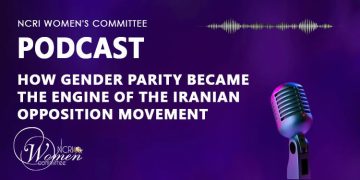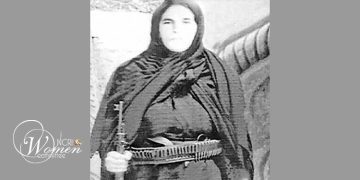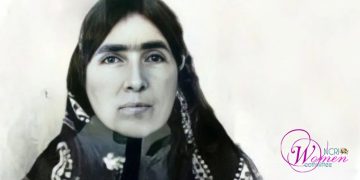Between June and December 2009, Iran experienced widespread uprisings, dubbed the 2009 nationwide uprising which was fueled by demands for fundamental changes in the government system. The catalyst was the announcement of rigged results in the 10th presidential election on June 12, 2009.
Notably, women and girls played a central role in the 2009 nationwide uprising. International news agencies highlighted their courage and leadership during demonstrations. Iranian women stood at the forefront, chanting slogans, shielding against tear gas, and aiding the injured.
On June 13, Agence France-Presse reported scenes of defiance: crowds in Tehran’s main squares chanting “Death to the dictator,” while police responded with batons.
June 15 witnessed a massive anti-government protest—the largest since the 1979 revolution—met with a brutal crackdown resulting in arrests, injuries, and fatalities, including Fahimeh Salahshour, Sorour Borumand, and Fatemeh Rajabpour.
June 20 marked another peak moment. Despite threats, women, students, and young people led demonstrations on Enghelab Street, clashing with security forces. Neda Agha-Soltan, Maryam Mehr-Azin, and Tina Soodi were among those who lost their lives that day.
On December 7, female students at Tehran University formed human shields to protect their male counterparts from arrest. And on December 27, brave Iranian women defied oppressive forces, contributing to a critical moment when Tehran teetered on collapse. Many were arrested and imprisoned.
Their resilience and sacrifice remain a testament to the pivotal role women played in shaping Iran’s history during the 2009 nationwide uprising.
The 2009 uprising in Iran bore witness to immense sacrifices, with women playing a pivotal role. Let us remember some of these remarkable individuals:
- Neda Agha-Soltan (27 years old): Shot by regime agents in Tehran’s Amirabad neighborhood on June 20, 2009, Neda’s dying moments were captured on a mobile phone, making her a global symbol of the uprising. Her death became one of the most-watched human tragedies in history.
- Maryam Mehr-Azin (24 years old): Shot dead in Azadi Square on the same day, her body was taken to the Revolutionary Guards’ Baqiyatallah Hospital. Her family faced pressure not to publicize her death, and her final resting place in Behesht Zahra Cemetery remains unknown.
- Maryam Soudbar (21 years old): A student who fell victim to a baton blow to her head during a protest march on June 20. The coroner confirmed the cause of death, but told her father that if he officially wrote the cause of death as blow to the head, authorities would prevent them from receiving her body for burial.
- Fahimeh Salahshour (25 years old): Succumbed to internal bleeding caused by a Basij forces’ baton blow to her head on June 14, 2009. She rests in Section 266 of Behesht Zahra Cemetery.
- Fatemeh Rajabpour (38 years old) and Sorour Borumand: Seeking refuge in a daycare center on June 15, 2009, the mother and daughter were killed by gunfire from forces stationed at a Basij base. Their courage remains etched in history.
- Parisa Koali (25 years old): Fatally shot in the neck on June 21, 2009, on Keshavarz Boulevard. Her burial in Section 259 of Behesht Zahra Cemetery stands as a testament to her sacrifice.
- Tina Soodi (24 years old): Killed by security forces’ gunfire in Enghelab Square on June 20, 2009. Her family faced pressure to accept a false narrative of natural causes.
- Fatemeh Barati: A student who died from beatings by plainclothes agents during the attack on Tehran University dormitory. Her secret burial in Behesht Zahra Cemetery reflects the tragedy.
- Shabnam Sohrabi (34 years old): Run over by a police vehicle during Ashura protests on December 27, 2009. Her burial in Behesht Zahra Cemetery’s Section 86 was conducted under tight security.
- Fatemeh Samsarpour: Killed by a gunshot outside her home on June 20, 2009. Authorities prevented her family from holding a funeral in Tehran.
- Taraneh Mousavi: Arrested, raped, and severely beaten in detention, she died in the hospital. Her burned body was abandoned on the Karaj-Qazvin highway, a tragic attempt to hide evidence of the assault.
These brave women embody the unwavering spirit of resistance and sacrifice that defined Iran’s historic struggle for change during the 2009 nationwide uprising.






















